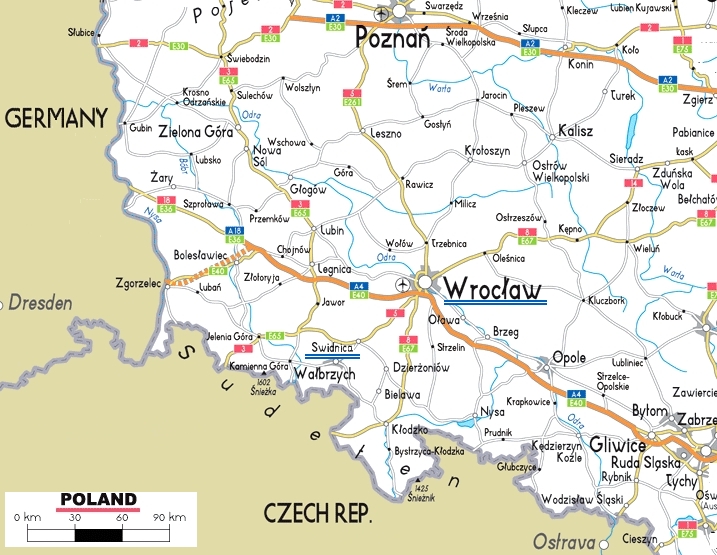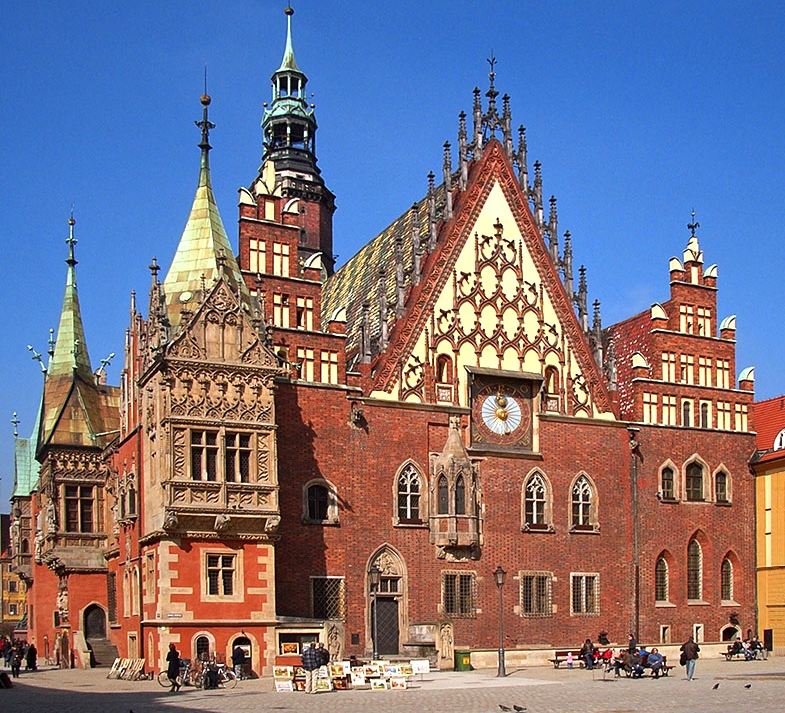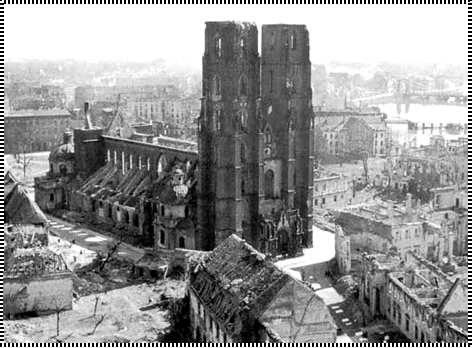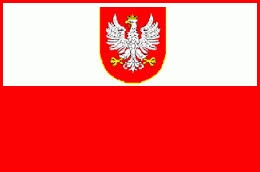WROCLAW preview
wroclav is a large multicultural city at the river oder. it was founded in the 10th century, first by a slavic tribe and soon also by the bohemians, then called vratislava. it belonged mostly to poland, called wroclaw. from 1200 onwards, the town was increasingly populated by german settlers, who, in the following centuries, became its dominant ethnic group. in 1242 it was first time named "breslau", the germanized name of the city. 1335 it was incorporated into the kingdom of bohemia, thereby becoming part of the (basically german) "holy roman empire".
wroclaw~breslau soon became the centre of the large province silesia~schlesien, both in industrial and in cultural terms. 400 years later, the kingdom of prussia annexed the town and most of silesia during its war with the habsburg empire (austria). it then basically became a german city. as outlined above, after worldwar-2, in 1945, the german province of silesia~schlesien was allocated to poland. almost all german residents flew to west germany. the map below shows the location of wroclaw and also swidnica.

its by far most famous building is the (old) townhall - see below. its construction began in 1350, and it was extended and reshaped intensely over the following centuries. during worldwar-2, wroclaw~breslau was almost completely destroyed, because the bombing lasted to the very end in may 1945. this included the cathedral - see below.


as outlined earlier, wroclaw~breslau is now part of poland, and again an important city. thus poland has engaged in rebuilding many historic buildings, and also supports contemporary architecture. in 2016 wroclaw became the "european capital of culture".

